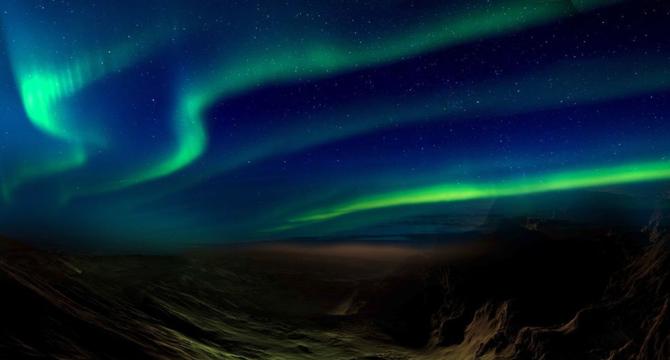Livescience
4d
32

Image Credit: Livescience
Lights on Mars! NASA rover photographs visible auroras on Red Planet for the first time
- NASA's Perseverance rover captured the first-ever photo of visible auroras on Mars, caused by a solar storm colliding with the planet's magnetic field.
- While not as visually stunning as Earth's auroras, Mars' auroras were emitted in visible wavelengths for the first time in the solar system.
- The faint green lights on Mars are believed to be the first auroras captured using visible light only, raising hopes for future human observation.
- Researchers positioned the rover to photograph the auroras after predicting that a solar storm would hit Mars.
- The detected green hues from the auroras were emitted by excited oxygen molecules in Mars' thin atmosphere.
- Humans may observe auroras on Mars in the future as solar particles increase and atmospheric dust decreases.
- The weak auroras were barely visible and appeared only after editing out the glare from Mars' moon, Phobos.
- Other planets in the solar system, like Venus, Jupiter, Saturn, Uranus, and Neptune, also exhibit extraterrestrial auroras, albeit in non-visible spectra.
- Solar storms triggering auroras on planets like Earth, Mars, and Venus have become more common during the peak of the sun's activity cycle.
- Mars' limited atmosphere still has enough gas to emit colorful auroras, despite lacking a proper magnetic field to shield it from solar winds.
Read Full Article
1 Like
For uninterrupted reading, download the app